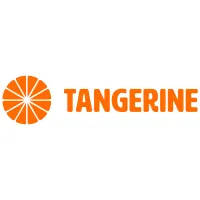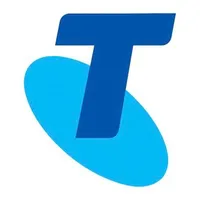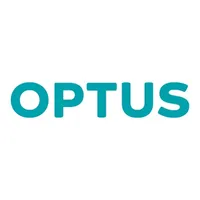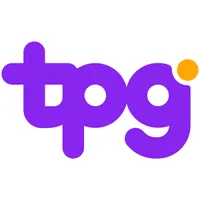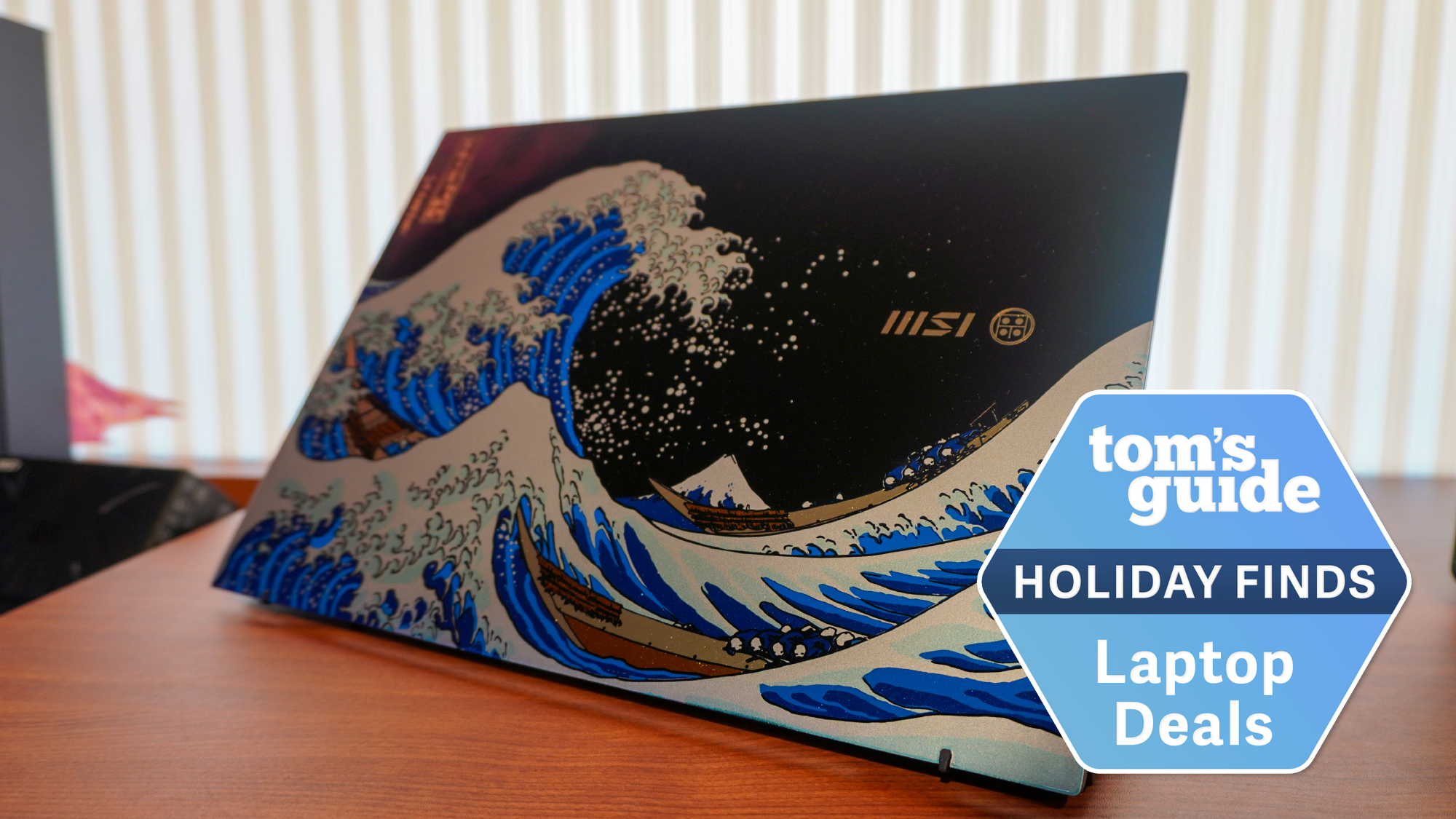Best NBN plans in December 2025: I've compared the top choices for value, speed, gaming and more
I've analysed plans from over 30 providers to find the best options for every household
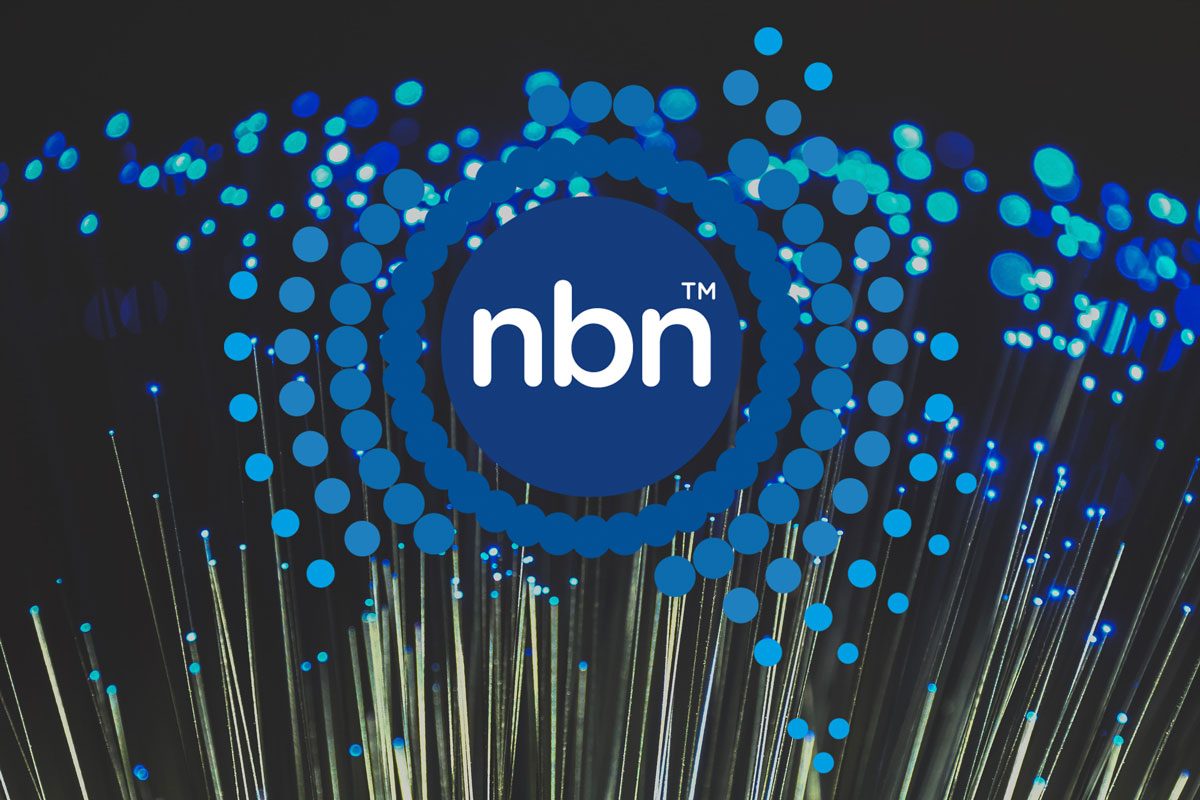
1. The list in brief
2. Best provider
3. Major telco plans
4. How we choose
5. NBN FAQ
Hi there! If you're after the best NBN deal for your home or business, let me introduce myself. I'm Lucy, Tom's Guide resident NBN expert and every month, I collect the top NBN plans from over 30 ISPs and share my top picks below.
After months of waiting, the latest high-speed NBN tiers officially landed in September, increasing Aussie speeds to turbocharged heights. There are plenty of noteworthy deals on offer across all three tiers — that's NBN 500, NBN 750 and NBN 2000 — with prices starting at just AU$72.99p/m for Dodo's 500Mbps plan.
Thanks to some lingering Black Friday offers and extended introductory rates, the best NBN internet plans in December blend incredible value and fast speeds. Ranging from the 'basic I' 25Mbps tier to the 'hyperfast' 2,000Mbps tier, if you know which NBN connection type you have — i.e. FTTP, FTTN, FTTC or HFC — it makes it all the easier to find the right plan for your home internet demands.
Generally, this choice depends entirely on the speed tier you require. You might need a simple NBN 50 plan for you and your housemate, or at least 500Mbps during peak hours to keep the whole family (and their multiple devices) entertained.
But enough waffling on — scroll to check out my recommendations for different speed tiers, best value and more, this month.

Meet Lucy - Tom's Guide Australia's resident expert in all things internet and NBN plans. She curates this page every month with the best NBN deals from Australia's top providers. She loves to keep tabs on all the NBN speed data and pricing research so you don't have to!
The best NBN plans in Australia right now
Below you'll find a roundup of my picks for the best NBN plans in Australia right now. I've made selections covering all speed tiers, specific uses and budgets, to help you find the NBN plan best suited to your household.
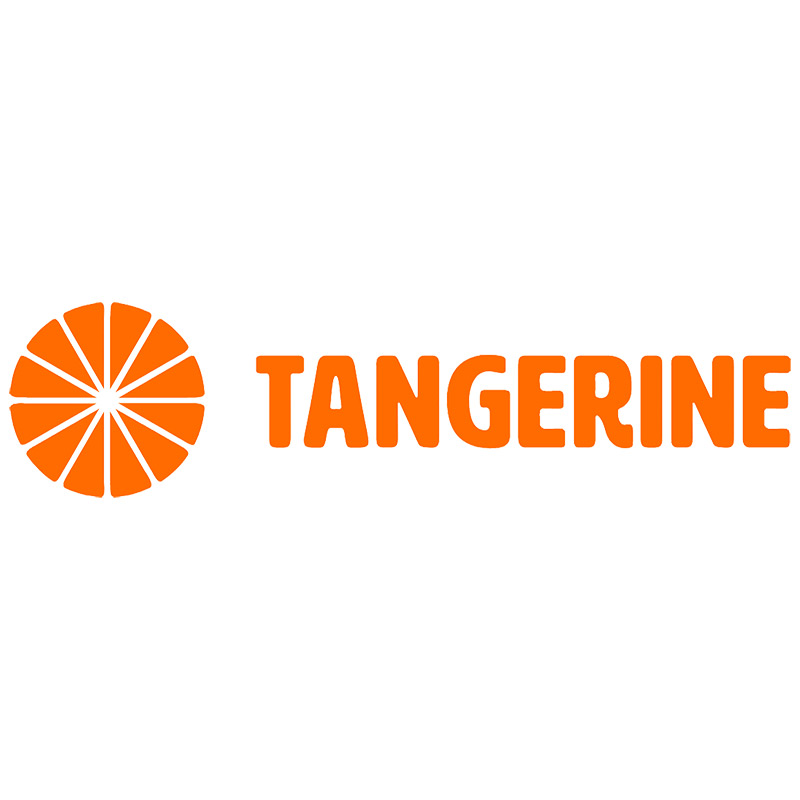
Best value NBN plan (NBN 500)
• AU$68.90p/m (for 12 months, then AU$88.90p/m)
• First year: AU$826.80
• Ongoing: AU$1,066.80
Clocking in at 500Mbps maximum speeds during the evening hours, Tangerine's plan is by far one of the cheapest and best value on offer right now. With this Black Friday deal, you'll get AU$20p/m off the first 12 months — that's AU$240 total — before the price increases.
NBN 500 plans are great for larger households with multiple devices, meaning you and the whole clan will be entertained without interruptions. Plus, this plan is well under the ongoing average of AU$94.10p/m, making it a winner in my book.

Best NBN plan for gaming (NBN 1000)
• AU$85p/m (for 6 months, then AU$109p/m)
• First year: AU$1,164
• Ongoing: AU$1,308
Advertising an eyewatering 890Mbps download speeds during the typical evening hours of 7pm to 11pm, Swoop's Home Ultrafast plan is the fastest NBN 1000 plan right now.
The only caveat is that a few other providers are claiming full 1Gbps speeds; however, there isn't enough accurate data available to wholeheartedly recommend them. That's why I've selected Swoop, as this speed claim has been consistent since late last year. It does cost the same as Superloop's 1Gbps plan, but with slighter faster speeds, Swoop's got my pick this month.
Swoop is pretty highly regarded by gamers, remote workers and streamers across reviews, with customers raving about speedy connection times.
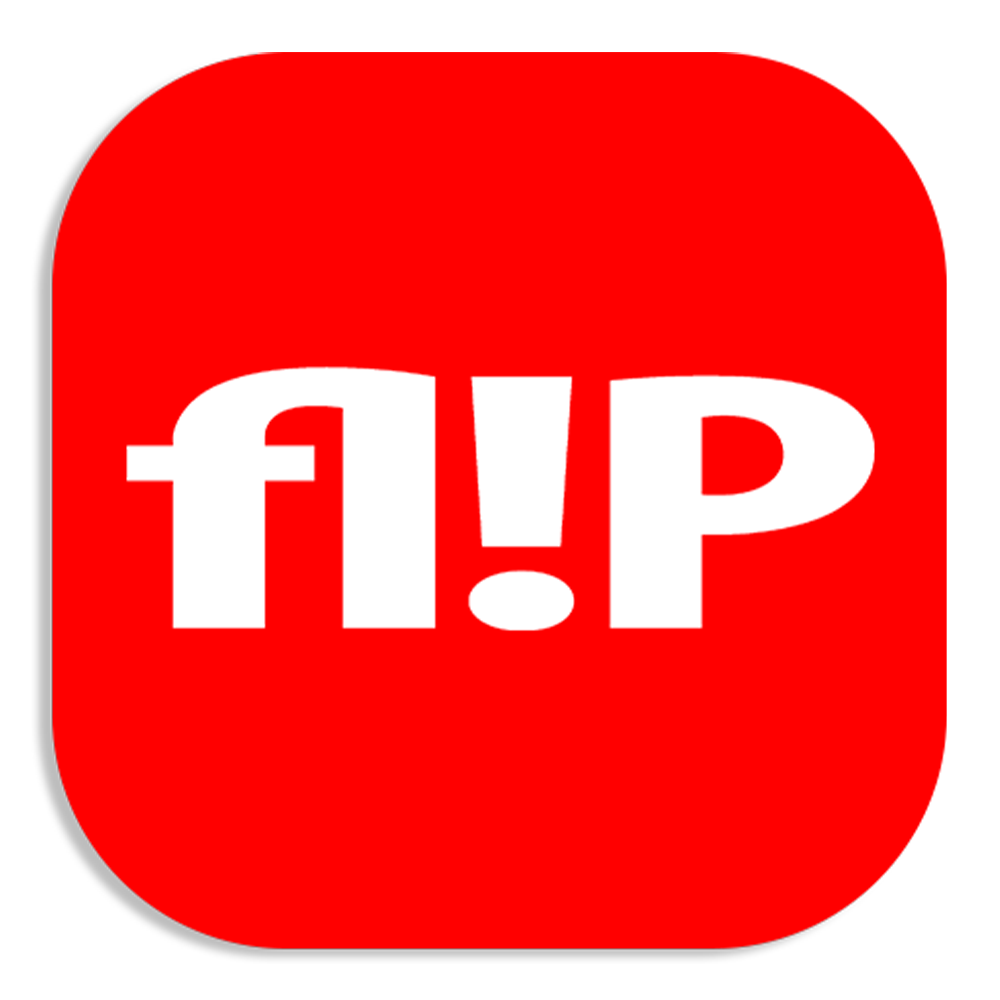
Best NBN plan for streaming (NBN 750)
• AU$78p/m (for 8 months, then AU$89.90p/m)
• First year: AU$983.60
• Ongoing: AU$1,078.80
Flip currently offers the most inexpensive NBN 750 plan, saving you AU$95.20 in the first year thanks to an extended 8-month introductory offer. Flip's Super Speed plan (which advertises typical evening downloads of 640Mbps) will set you back just over AU$950 for the first 12 months.
And don't assume that a cheap plan means cheap service, as there's a wealth of positive reviews online at ProductReview.com.au. If you have the connection type to support it, this budget-friendly plan could be the right option for you.
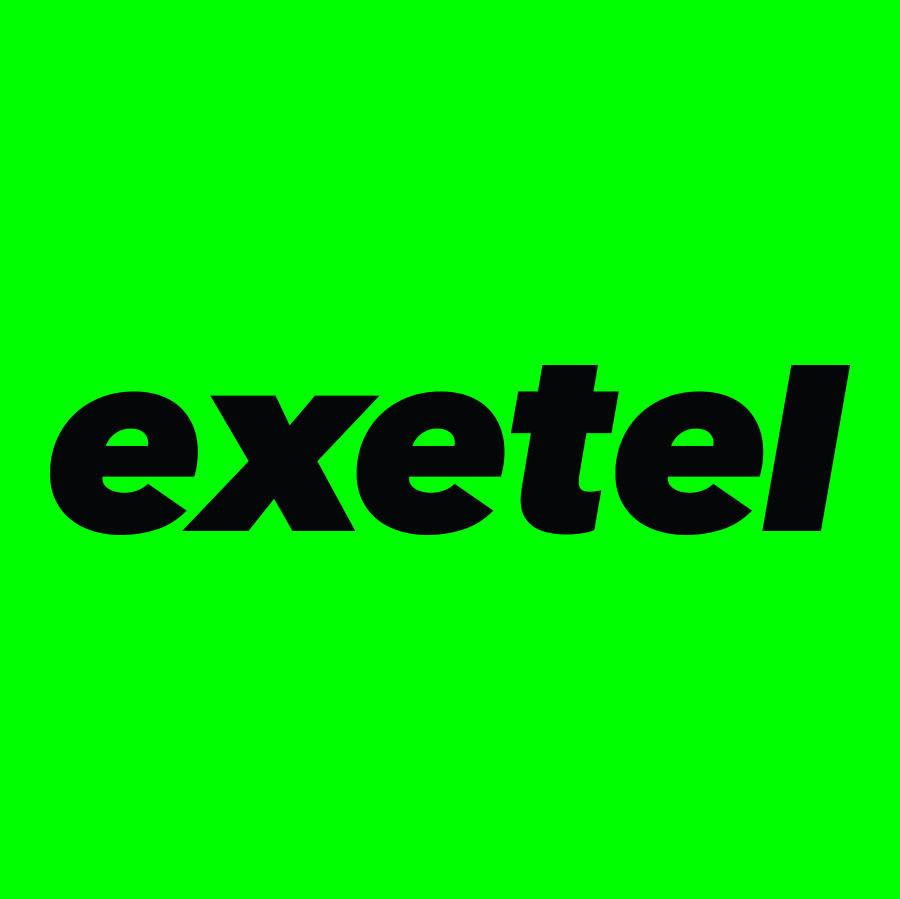
Best NBN plan for heavy users (NBN 500)
• AU$80p/m
• Total yearly cost: AU$960
Exetel's One plan (a.k.a. its only plan) advertises massive speeds of 500Mbps download and 40Mbps upload during typical evening hours. That's a strong promise, although real-world speeds may still vary due to factors outside Exetel's control, such as the speed of the internet servers that send the content to end users. However, if you're a heavy internet user, gamer or streamer, Exetel's plan should offer plenty of download bandwidth and no interruptions.
Typically, introductory offers are the factor that prompts me to recommend one NBN plan over another. However, being one of the first NBN 500 plans to market, the lack of a discount doesn't raise any alarm bells, as the low ongoing rate undercuts most NBN 100 plans by five times the speed, and still comes in at a total yearly cost under AU$1,000.
The only caveat is that you'll need a fibre to the premises (FTTP) or hybrid fibre coax (HFC) connection type to order this plan, as other NBN technologies simply aren't equipped to handle the speeds.

Best NBN plan for light users (NBN 50)
• AU$64.90p/m (for 12 months, then AU$84.90p/m)
• First year: AU$778.80
• Ongoing: AU$1,018.80
Right now, fruity provider Tangerine has one of the cheapest NBN 50 offerings thanks to its Black Friday deal. You'll save AU$20 a month over your first 12 months — that’s AU$240 total — before the price increases to AU$84.90p/m.
Tangerine is also currently offering a referral bonus of AU$50 if you refer someone to the service, so you’ll both get AU$25 credit towards your monthly NBN bills.
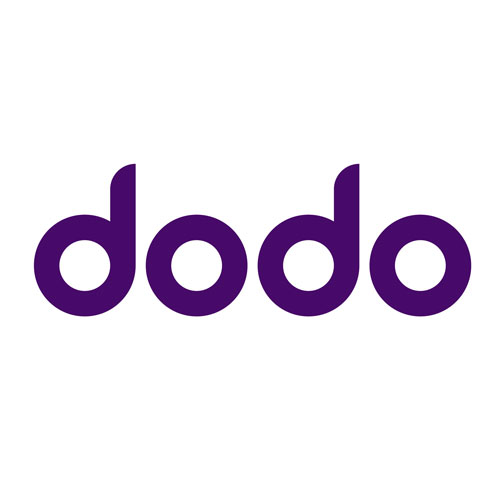
Best NBN plan for large households — 4+ people (NBN 500)
• AU$72.99p/m (for 12 months, then AU$92.99p/m)
• First year: AU$875.88
• Ongoing: AU$1,115.88
Dodo currently offers one of the most attractive NBN 500 plans, slashing a massive AU$240 off the first 12 months with this low introductory rate of AU$72.99p/m, before the price increases to AU$92.99 ongoing. Clocking in theoretical maximums of 500Mbps downloads and 48Mbps uploads, you and your family (and the next-door neighbours, if I'm honest) will be set with high, lag-free speeds during the busy evening hours.
This plan costs the same as Dodo's NBN 100 offer, so if you have an FTTP or HFC connection at home, Dodo's got you sorted with 5x more speed for an identical low price.
Which is the best NBN provider?
Best NBN provider this month — Tangerine
For the second consecutive month, Tangerine takes first place in the provider race, thanks to its attractively long (and low) extended Black Friday introductory rates.
The fruity provider has extended its typical six-month outlay to an impressive 12 months, meaning you can lock in a good deal until next December. Plus, there's savings of up to AU$240 to be had, which gets my tick of approval.
If you're keen to switch NBN providers, now's the time to sign on Tangerine's dotted line. You'll need to act fast, though, as Tangerine's lengthy discount expires on December 14, 2025.
Best NBN plans: major telcos
When searching for NBN plans, you may be inclined to automatically look at the three major telcos of Telstra, Optus and TPG. But most of the time, these three are usually among the most expensive options. However, if you do sign with any of the major three telcos, you are likely to get a reliable and high-performing service, and this is backed up by reporting data from the ACCC.
What's more, Telstra and Optus often throw in additional perks for free. Such benefits include modems with 4G data backup, allowing you to stay connected if your fixed line NBN connection suffers an outage, as well as free trials to various streaming services.
If you’re looking for an NBN plan from Telstra, Optus or TPG these are our plan recommendations:
Best Telstra NBN plan for most people
Why you can trust Tom's Guide
Telstra | NBN 500 | Unlimited data | No lock-in contract | AU$113p/m
Telstra’s 100Mbps NBN plan is the most expensive right now, based on our research using data from WhistleOut. That said, it just received a speed boost to the NBN 500 tier, making it somewhat of an easier pill to swallow now that it advertises 400Mbps.
As this page has shown, you can get much cheaper by shopping around. But, as we've also said, you do get additional perks with Telstra, such as free trials to various streaming services, including Spotify and Binge.
Total minimum cost: AU$113 | Total yearly cost: AU$1,356
Best Optus NBN plan for most people
Optus | NBN 500 | Unlimited data | No lock-in contract | AU$99p/m
Retailing at AU$99p/m, this Optus plan will net you 500Mbps during the busy evening hours and 18Mbps uploads. This plan just underwent a nice speed boost to the NBN 500 tier, making it an ideal choice for those with FTTP and HFC addresses.
The only thing to note, though, is that this plan's minimum cost is AU$415, as it includes the modem. However, you won't pay any additional fees for the modem if you remain connected for 24 months or more.
Total minimum cost: AU$415 (including modem fee) | Total yearly cost: AU$1,188
Best TPG NBN plan for most people
TPG | NBN 500 | Unlimited data | No lock-in contract | AU$64.99p/m (for 6 months, then AU$94.99p/m)
While it's technically the cheapest of the big three after the introductory discount ends, TPG's 100Mbps NBN plan has just been boosted to the NBN 500 tier at the same astonishingly low price.
That said, since the tier is so new, there's very little accurate speed data to back TPG's maximum speed claims of 500Mbps. Regardless, TPG does advertise good speeds across most of its NBN plans, even during the busy evening hours, and there's no early exit fee. TPG will also let you BYO modem, though if you do need one, you'll have to pay an upfront cost of AU$114.95.
Do note, though, you'll need an FTTP or HFC connection to sign up for this plan, but TPG can organise the upgrade for you upon checkout.
Total minimum cost: AU$64.99 | Total first year cost: AU$959.88 | Yearly cost after discount: AU$1,139.88
- Telstra vs Optus NBN: who has better broadband?
- Want to see other NBN plans? You can use our NBN plan finder to compare a huge range of Australian NBN plans
How we choose
How I judge the best NBN plans
To select my picks for the best NBN plans, I consider and weigh the following key aspects of fixed-line NBN plans:
Speed: Each speed tier indicates the maximum speed available; for example, an NBN 50 plan can reach download speeds of 50Mbps. However, not every provider can reach the maximum speed available during the busiest evening hours, which fall between 7–11pm. NBN providers are required to report their typical evening speeds, so I first look for plans that advertise the maximum speeds during these busier hours. For the Ultrafast NBN 1000 and Hyperfast NBN 2000 plans, no provider currently advertises the theoretical maximums offered on these high-speed tiers. The fastest speed I've seen advertised so far is Flip's 900Mbps.
Price: Price is perhaps the most important factor in my decision-making. I initially look for the cheapest plans across each speed tier, and then if I don't think the download speed is worth it, i.e. it's too slow, I'll then look to the next cheapest to see how it compares. The majority of NBN providers offer 6-month introductory discounts on their plans, and these prices can sometimes be deceptive. This is why I give you information relating to the yearly cost you can expect to pay once that introductory discount expires.
Data allowance: The majority of fixed-line NBN plans offer unlimited data, so in all but exceptional cases, I only recommend plans with an unlimited data allowance.
Performance: The ACCC monitors the performance of some of the top NBN providers in Australia, so I always take this data into account when making my recommendations. If the ACCC doesn’t monitor a particular internet provider, I also look at the feedback provided by real users on sites such as Whirlpool.
Perks: I consider perks as nice to have, but they carry less weight compared to other factors in my decision-making. Some examples of perks include Australian-based customer support, or the ability to include a home phone service. Other perks can enhance the performance of your service, such as the ability to bump your plan’s regular speed up to the next available tier on five days of your choosing – a feature offered by Superloop.
NBN FAQ
What is the NBN?
The NBN (National Broadband Network) is Australia’s national infrastructure for phone and internet services. The government initiative was first proposed in 2007 and was deemed to be 90% complete in 2020. NBN services are now available to virtually all Australians in some form, whether it be a fixed-line service, facilitated by optical fibre cables or a fixed-wireless service, which uses towers emitting 4G or 5G signals.
Which NBN speed is best for me?
NBN offers nine main speed tiers for consumer connections. There are official names for these (ranging from ‘Basic 1’ to ‘Hyperfast’), but most providers refer to them as a number, relating to the expected download speed. The speed of internet service you can achieve at your property is determined by the physical connection type you have.
The nine main NBN speed tiers available are:
NBN 12 (Basic 1): 12Mbps download | 1Mbps upload | All NBN connection types | 1 user
NBN 12 is best suited for a single-person household. Even then, the 12Mbps maximum download speed is only going to be good for browsing the internet, sending emails and watching video content in up to 1080p quality. If you want to stream 4K video content (or to multiple devices simultaneously) on services like Netflix, then NBN 12 likely won't be fast enough.
NBN 25 (Basic II): 25Mbps download | 5Mbps upload | All NBN connection types | 1-2 users
With NBN 25, up to two people can comfortably browse the internet at the same time and stream a range of music and video content in up to 1080p quality. You may be able to watch 4K streaming video, but only on a single device at a time.
NBN 50 (Standard): 50Mbps download | 20Mbps upload | All NBN connection types | 2-4 users
The most popular NBN speed tier, NBN 50 is designed to allow up to four users to browse, stream and download content with ease. NBN 50 is also a good speed tier for people needing to use video chat a lot at home. NBN 50 is the most popular NBN plan in Australia.
NBN 100 (Fast): 100Mbps download | 20Mbps upload | All NBN connection types | 5+ users
Well suited to 4K video streaming and allows for multiple users to be online at the same time. As of September 2025, all FTTP and HFC connections on this tier have received a wholesale speed boost to NBN 500.
NBN 250 (Superfast): 250Mbps download | 25Mbps upload | FTTP, HFC connections | 5+ users
Incredibly fast internet speeds allow multiple users to stream 4K video content and download large files at the same time. As of September 2025, all plans on this tier have received a wholesale speed boost to NBN 750.
NBN 500 (Fast II): 500Mbps download | 50Mbps upload | FTTP, HFC connection | 10+ users
This new tier increases the wholesale speeds on NBN 100 plans with FTTP or HFC connections to 500Mbps downloads. They suit large households best, with plenty of bandwidth for up to 10 users, multiple devices, 4K streaming, online gaming and more.
NBN 750 (Superfast): 750Mbps download | 50Mbps upload | FTTP, HFC connection | 10+ users
Upgrading the current 'superfast' tier, NBN 750 boosts 250Mbps plans to 750Mbps downloads and 50Mbps uploads, offering 3x faster speeds.
NBN 1000 (Ultrafast): 1000Mbps download | 100Mbps upload | FTTP, HFC connection | 10+ users
Currently, the second-fastest possible NBN speed tier, although very few telcos actually achieve the full 1,000Mbps download speeds, especially during the evening.
NBN 2000 (Hyperfast): 2000Mbps download | 200Mbps upload | FTTP, HFC connection | 10+ users
NBN 2000 now houses the fastest internet speeds available in Australia, claiming to reach theoretical maximums of 2,000Mbps downloads. However, due to the infancy of the tier, true speed data has yet to be recorded.
What does 'typical evening speed' mean?
You'll see the term 'typical evening speed' advertised against all NBN plans, and it refers to the average download speed you can expect to realistically achieve during the busy evening hours of 7pm - 11pm.
Different providers of NBN plans may advertise different typical evening speeds, so be sure to keep an eye out for this figure when searching for a new plan. On speed tiers ranging up to NBN 100, the typical evening speed figure is less important than it used to be.
The speeds realistically achievable in Australia have improved in recent years, and you'll now find some internet service providers will advertise the maximum possible speed of the NBN tier you're on. In some cases, your evening speed could actually exceed the theoretical maximum limit of your tier.
Which NBN provider is the cheapest?
The NBN speed tier you're considering will determine which NBN provider is the cheapest. A fast NBN 100 plan will naturally cost you a fair amount each month. But within these fast NBN plans, you can find some good deals that will save you money.
The cheapest NBN plan available in Australia is Flip Connect's NBN 12 plan, which costs AU$39p/m for the first 6 months, before increasing to AU$52.90p/m.
Head to our best NBN deals page for a regularly updated list of popular, affordable internet plans.
Is there an alternative to NBN?
Yes, there is, in the form of 5G home internet. 5G home internet uses a modem to connect to nearby 5G mobile towers, which then delivers internet around your home via Wi-Fi. It can have multiple benefits, including being easy to install, achieving superfast speeds and being competitively priced.
Other NBN alternatives include satellite internet for people who live in rural and remote parts of Australia and can't get connected to a fixed-line NBN service.
Get instant access to breaking news, the hottest reviews, great deals and helpful tips.

Lucy Scotting is a digital content writer for Tom’s Guide in Australia, primarily covering NBN and internet-related news. Lucy started her career writing for HR and staffing industry publications, with articles covering emerging tech, business and finance. In her spare time, Lucy can be found watching sci-fi movies, working on her dystopian fiction novel or hanging out with her dog, Fletcher.
